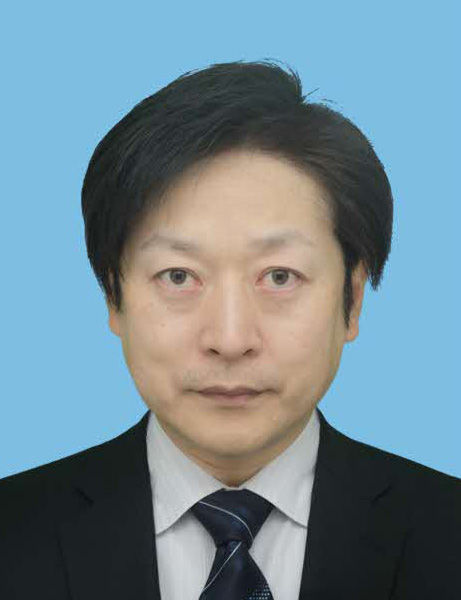Best Paper Award
Miniaturization and Test Results of Shinkansen Antenna for Overhead Line Voltage Detection and Wireless Communication[IEICE TRANS. COMMUN., Vol. J104–B, No. 1 JANUARY 2021]






More than 50 years have passed since the opening of the Tokaido Shinkansen in 1964. The reduction of train-induced noise has been an important issue in the development of high-speed Shinkansen trains since the start of operations. The overhead line voltage detection and wireless communication common-use antenna (called an electrostatic antenna in the railroad field) installed on the roof of Tokaido Shinkansen trains has the functions of both detecting 60 Hz overhead line voltage and performing VHF band wireless communication. Though the electrostatic antenna is one of the noise sources because it protrudes from the roof of the train, its internal structure has not been changed since the Tokaido Shinkansen’s opening because of the excellence of its functions. This paper performs a characteristic mode analysis to understand the characteristics of conventional electrostatic antennas and proposes a new electrostatic antenna for noise reduction with the same functionality by modifying its internal structure.
In order to reduce the noise, it is necessary to shorten the detection rod that detects overhead line voltage. A miniaturized antenna is proposed that uses a folded monopole structure and a parallel resonant circuit in the antenna substrate structure and realizes a 41% shorter detector rod and a 5% lower height. The proposed electrostatic antenna has a substrate area as large as possible within the antenna radome shape to ensure overhead line voltage detection performance that is not a problem in practical use. In consideration of the actual use of the proposed antenna, the effects of snow and rain on the overhead line voltage detection performance are also evaluated and discussed through experiments and calculations, and the results of a running test on a Shinkansen train are also presented. The lowest value of the overhead line detection voltage throughout the entire Tokaido Shinkansen line is 6.7 times the standard value that can determine the presence of overhead line pressurization, the radio reception level of the proposed electrostatic antenna is 0 to 2.6 dB higher than the conventional antenna, and the difference in gain of the two antennas is shown in the driving test results. As a result of these evaluations, the proposed electrostatic antenna is used as an antenna that contributes to noise reduction of the Tokaido Shinkansen N700S.
The proposed electrostatic antenna was evaluated in detail through theoretical calculations, actual measurements, and running tests, leading to its real implementation. Thus, this paper is highly useful and deserves the Best Paper Award